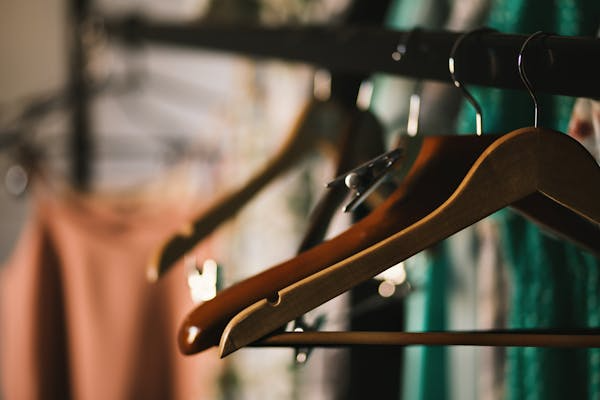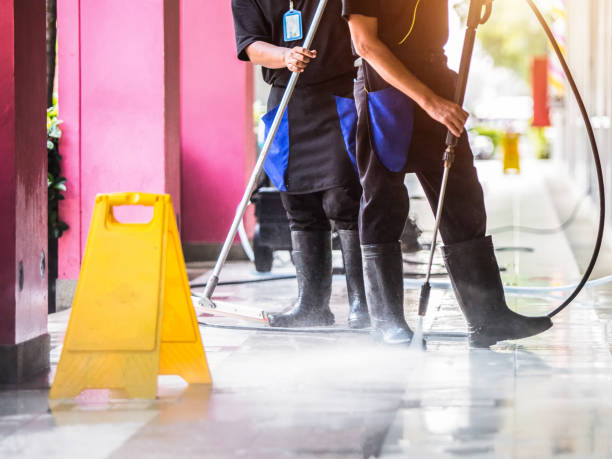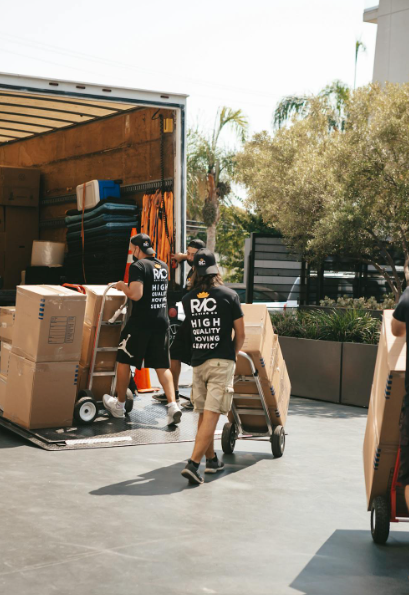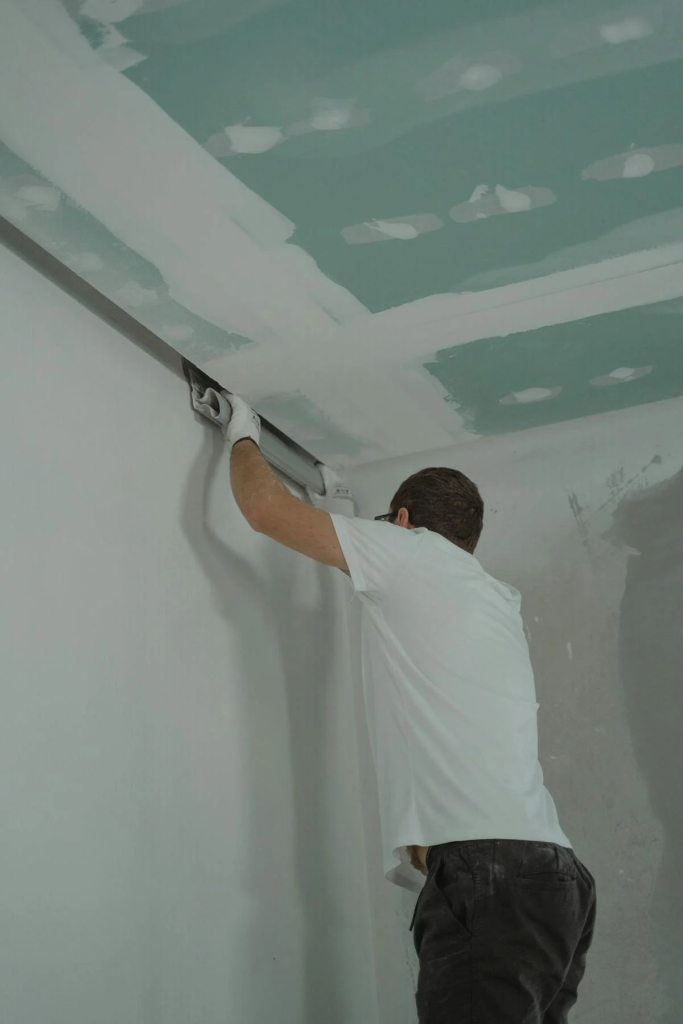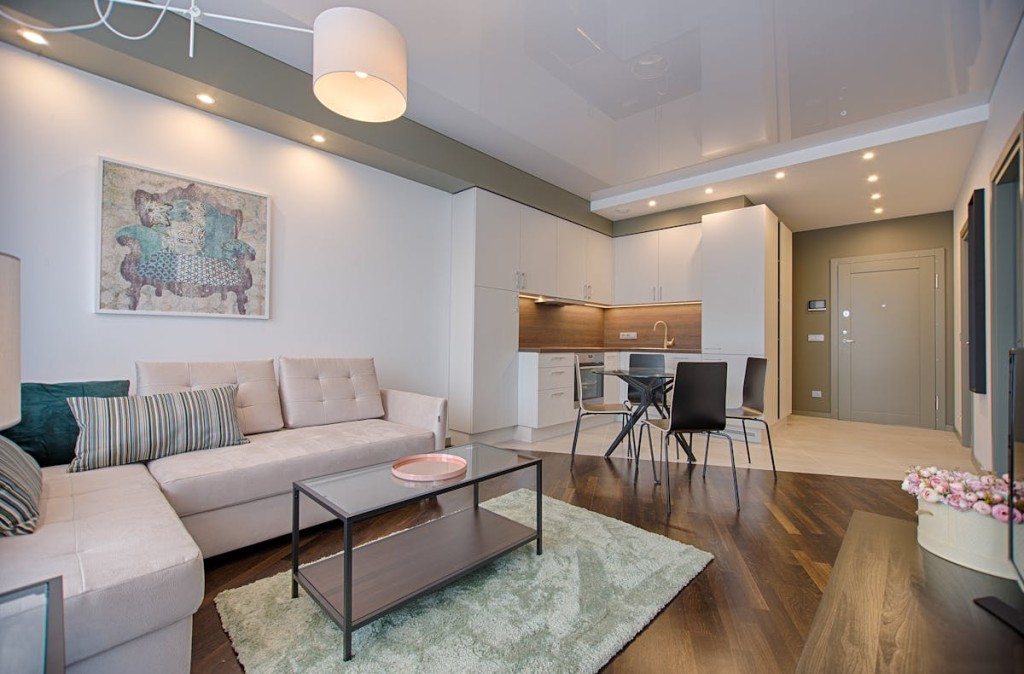It has happened: Winter is far behind us, and early Spring is, too. We are now fully engaged in the peak moving season. According to moveadvisor.com, 75% of moves happen between April and September, and it isn’t hard to figure out why: the weather is nice (okay, July-September is hot), school is out for most of this timeframe, and these factors collude to heat the housing market. Oh, and not to mention newlyweds: most weddings happen in warm months for the same reason, and they are looking for a new house to start their lives in.
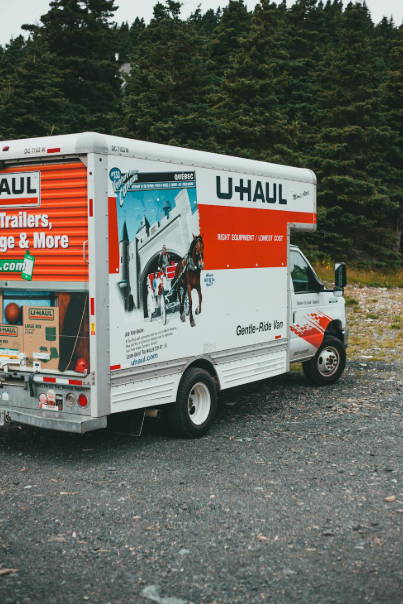
Whether you are just starting in life together or upsizing because your tribe has outgrown your current casa, moving is a chore. One of the best ways to help ease the burden, especially when your house is being shown, is to use self-storage to keep extra household goods out of the way.
Why Summer Is the Peak Moving Season
Why is summertime prime time for moving? In a word, the weather. Everything revolves around the seasons. Moving during the winter is not only miserable but also not very safe. There are slippery roads and steps, and there is no way to keep the house warm while you move stuff in or out.
Related: Self-Storage Solutions in Ponca City, Oklahoma
The seasons tend to dictate how and why we do certain things. Winter is a season of rest and restoration, and it is a terrible time to break camp and move.
Summer gives you long days, usually dry weather (spring storms can wreak havoc on moving plans, especially in Oklahoma and Kansas).
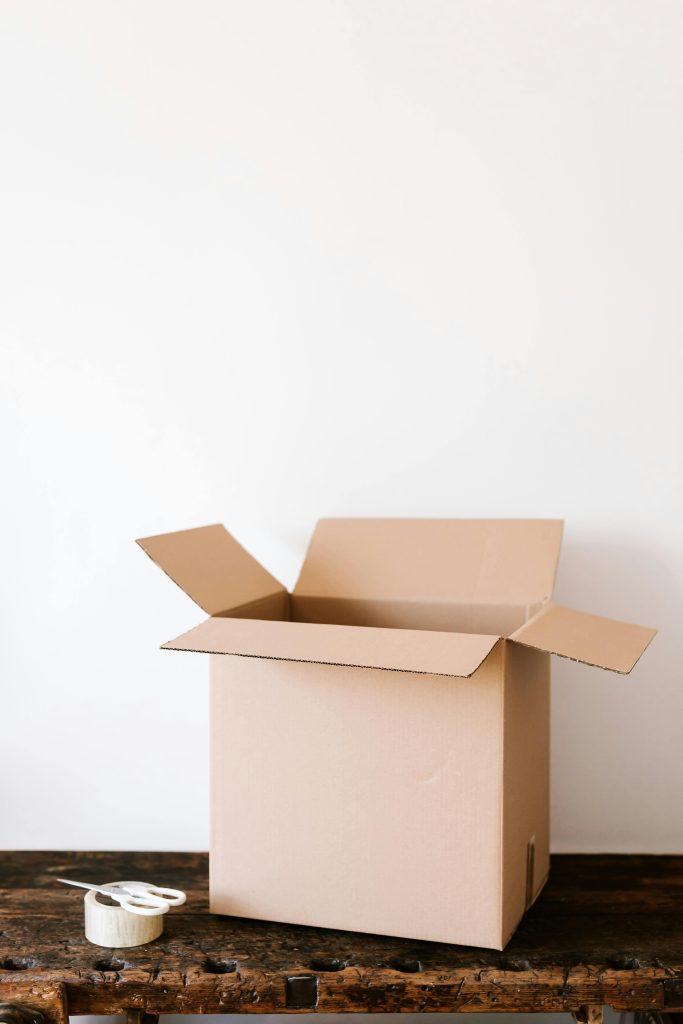
The Challenges of Summer Moves
Even though it is the preferred season, it does not always mean it will be smooth sailing.
For one thing, finding the right house can be harder even though the market is loaded with houses, because you are competing with everyone else. This means there will be more competition in finding the right home for you and more competition in moving services and accessories. Think about it: if everyone moves in the summer, then moving companies and trucks are tied up during the summer months. You can spend all summer listing your house, making offers, accepting offers, and lining up the move…only to discover that all the trucks are rented.
How a Storage Unit Makes Summer Moves Easier
If you already know that you are moving, you can do a lot to make it easier on yourself. Getting a self-storage unit is key to giving yourself more flexibility for your summer move. If and when moving trucks are scarce, you can always start moving your household goods into a storage unit beforehand, leaving only the bare essentials to show the house
Short-Term Flexibility
Storage units are a great option for both short-term and long-term storage needs. For the sake of this article, it is all about short-term flexibility. For a summer move, the process is probably about two months or so from start to finish, especially if you are coordinating a sale and a purchase. The best-case scenario is that the timing all works out and you can move out of your old house and into a new one at the same time.
But if that doesn’t work out for you, then a storage unit is for you. My Storage Box offers three storage units of different sizes, tailored to your needs.
You can pick the storage unit that best suits your needs and fill it up with your stuff before the move. Doing so will allow you much more freedom when moving your things out of the house and into the new one. Instead of having hard dates to get stuff in and out of houses, you can rest easy knowing that your home is already empty and you can move things into your new house on your schedule, not someone else’s.
Makes Downsizing or Staging Easier
Most of us have too much stuff sitting around, especially too much to stage our house, and we probably do. The optimal solution is downsizing, but sometimes, you still don’t have room to sort it all out and eliminate it.
When you decide to move, time is not on your side. You need to get your house on the market fast, and it also needs to be pretty empty. Staged houses should have some household items to showcase what they look like, but not much more. To clean up your living space, you should consider a storage unit to remove extra items from the house and give the appearance of more usable space.
Also, it does make downsizing easier, even if it does seem counterintuitive. Sometimes, you need that extra space to get things out of the way before you can start downsizing other things.
Choosing the Right Storage Unit for a Summer Move
All right, so what is the difference between the right storage unit and the wrong one? It can be a lot of different things.
Security is usually the first thing that comes to mind because you are putting potentially tens of thousands of dollars’ worth of your stuff in it. You want to know that it is safe and secure. My Storage Box is very secure and is also available 24/7 through automated gates. Once you are in the fenced and gated facility, you have access to the most durable storage units around: shipping containers. Our shipping containers are made of steel that is roughly double the thickness of sheet metal routinely used in the construction of storage units.
Finally, you need to have a good idea of what storage unit size you want. We offer storage units in three sizes, so you will definitely find a size that works for your needs.
Why My Storage Box Is the Smart Choice
What sets My Storage Box apart? A Few things:
- Seamless automation: there is nothing more frustrating than trying to set up and get into your storage unit and the automation doesn’t work. Ours works.
- Online pay portal: you don’t need to drop by an office to drop off a check or run a card; it’s 2025. Our online pay portal is easy to use and works.
- Our shipping containers are tougher than any other type of storage unit.
Final Thoughts: Make Your Summer Move Less Stressful
Moving is hard, but we make it a little bit easier with the right storage options at your disposal. If you are in the Ponca City area, why not check out our website and get started? Also, keep your eyes open for additional locations coming
Ready to get started? Reserve Your Storage Unit Today









